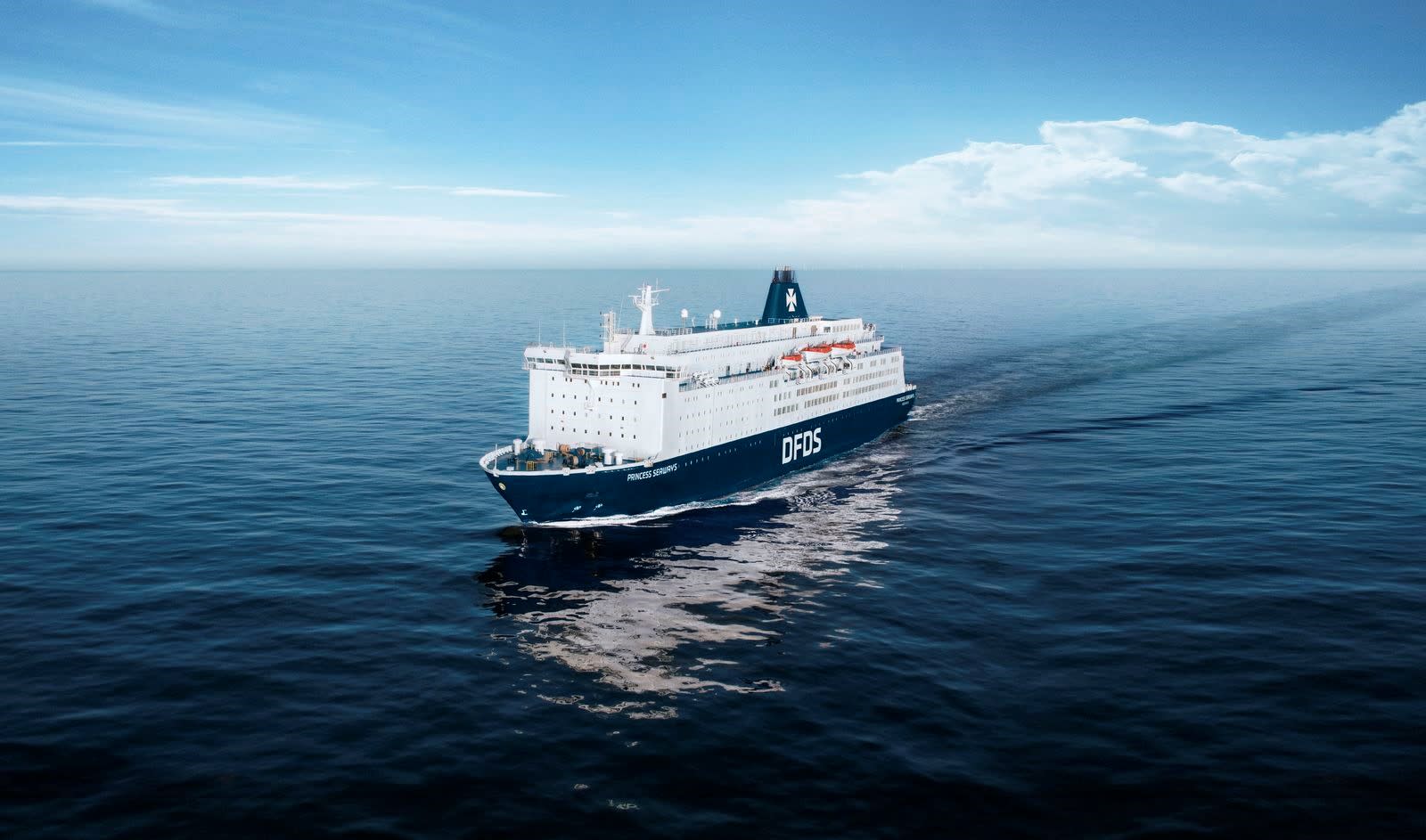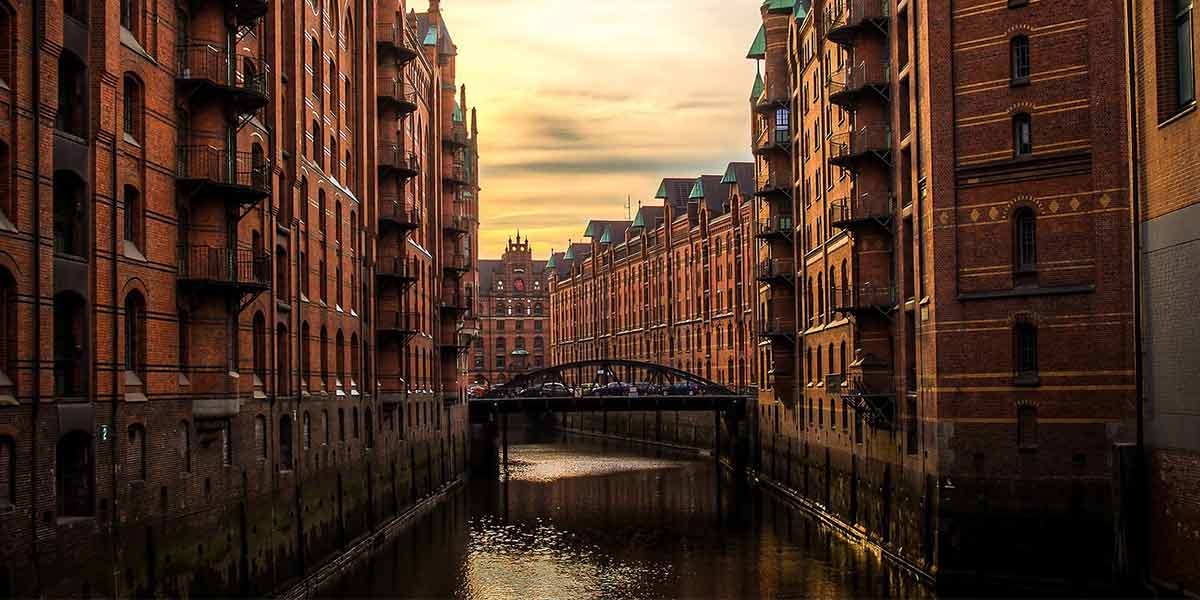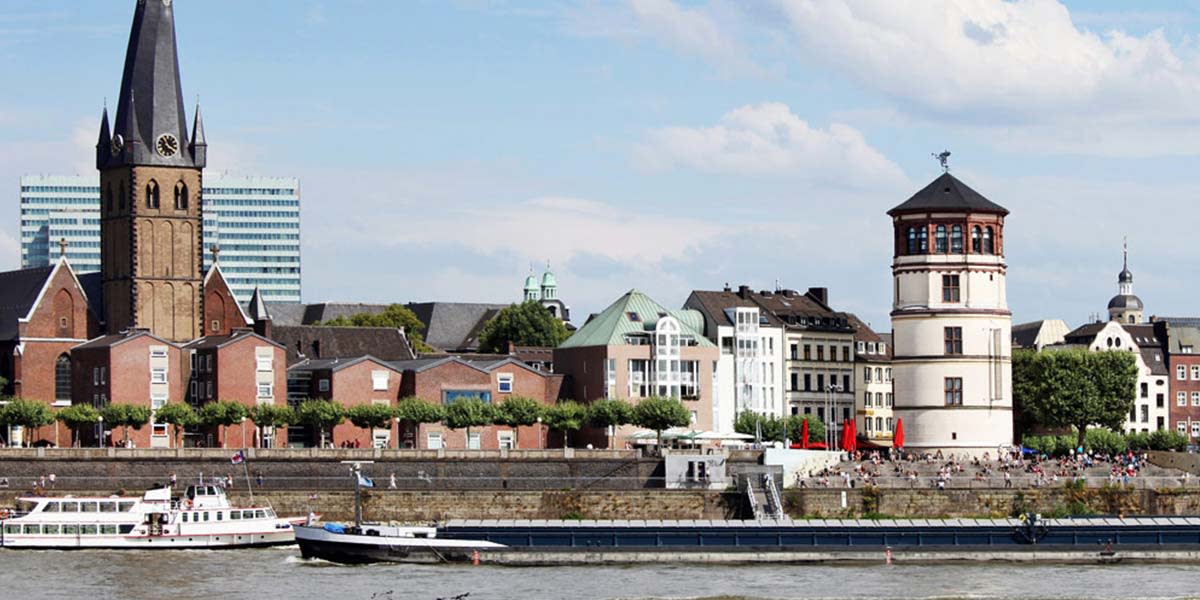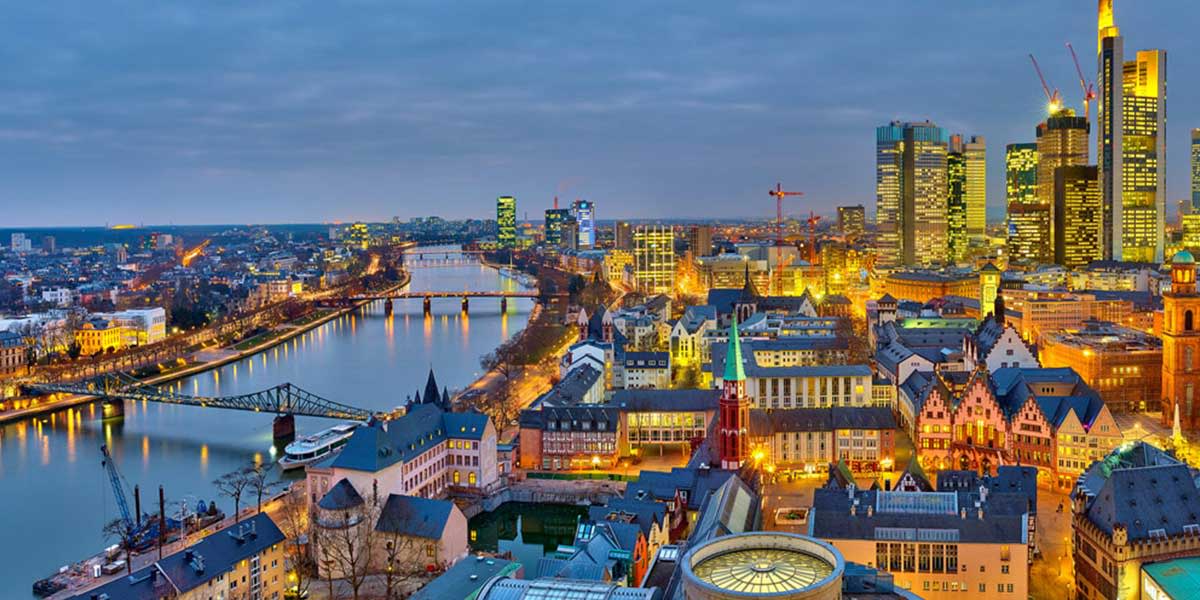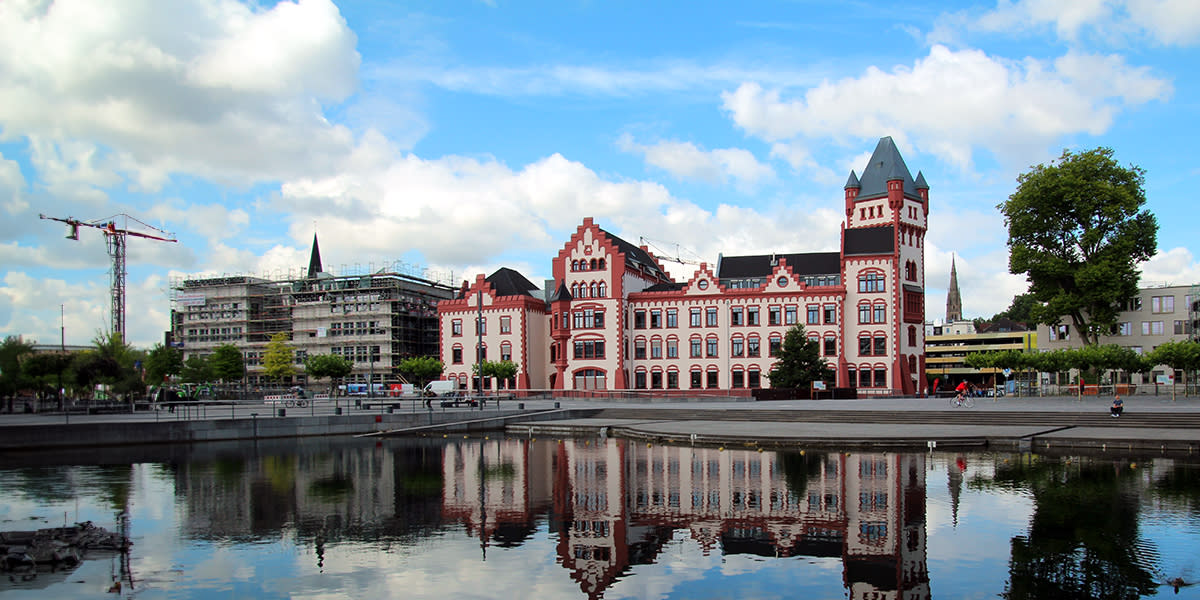
Your Essential Travel Guide To Dortmund
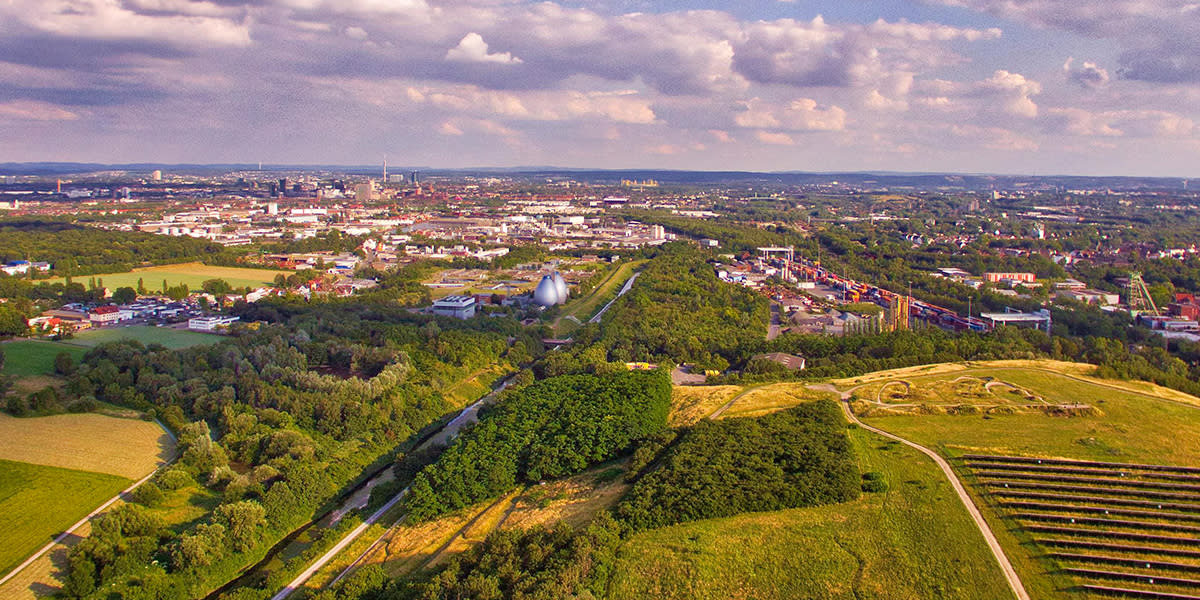
Discover Dortmund
Dortmund is more than its football and devoted fans. It's a vibrant and prosperous hub for culture and commerce.
Located in northwest Germany, Dortmund is the eighth-biggest city in the country and the biggest of its region, North Rhine-Westphalia. The River Ruhr flows around the city to the south, while the smaller Emscher river passes through its centre.
Once a leading hotspot in the coal and steel industry, Dortmund is a high-tech manufacturing centre today. With so much to discover, one thing’s for sure: no two days are the same in this exciting German city. Our guide explores the best attractions in Dortmund, as well as where to eat and stay.
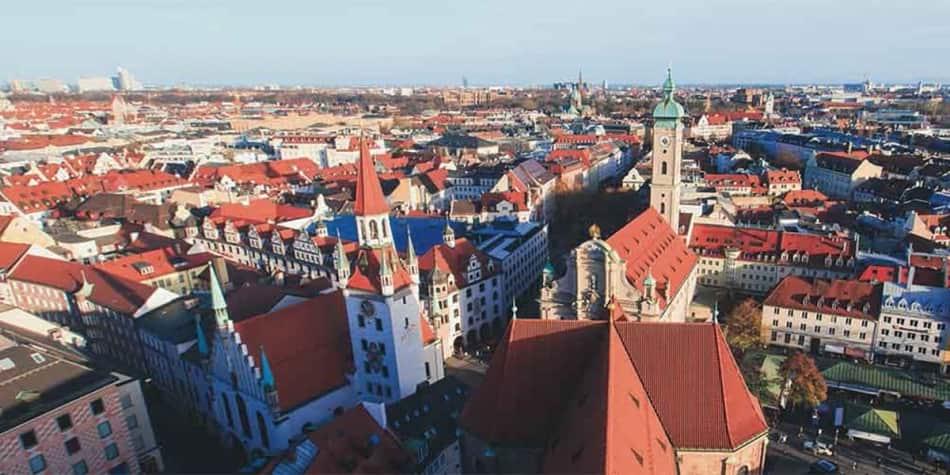
Church of St. Reinold
The Lutheran church is the oldest preserved church in the city center, dedicated to Rajnold, who is the patron of the city. Built in the second half of the thirteenth century, the temple is located in the heart of the city, where trade routes intersected, because of this it has become one of the symbols of the city.
The building is a late Romanesque three-span basilica. Tower of the church of St. Rajnold was repeatedly rebuilt, the present was built after the raids during the Second World War - it refers to the baroque style, from the outside is lined with stone. The lantern is finished with a slender spire, on top of it there is a weathercock in the shape of an eagle, which is the coat of arms of the city.

Westfalenpark
Under the constant gaze of the Florianturm on the south side of Dortmund, the Westfalenpark is a paid-entry 70-hectare green space with a multitude of little attractions to keep you engaged the whole afternoon.
The park is known for its roses and contains over 3,000 species of the flower. Regular festivals take place in the park - the Juicy Beats electronic music festival is very popular, as well as the Festival of Light, which has taken place every summer since 1959.
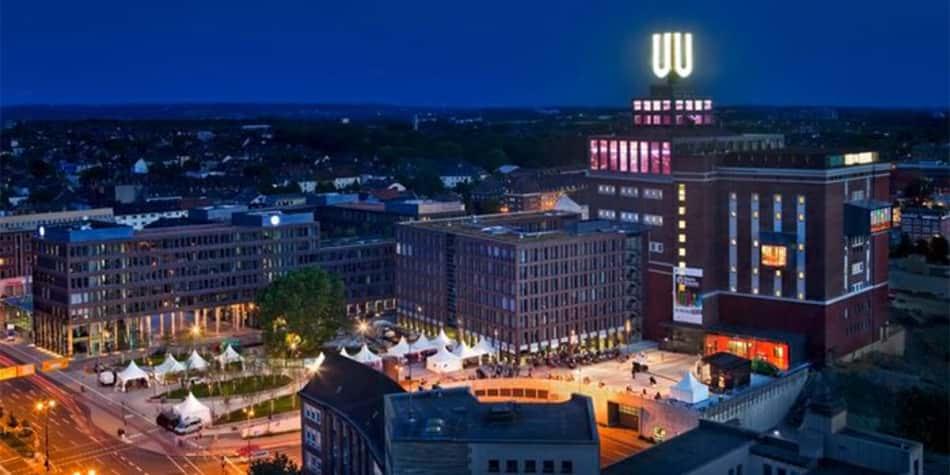
U-Tower Building
The U-Tower building, also known as Dortmunder U, is the former headquarters of the Union-Braueri brewery. Since 2010, the building houses the Ostwall contemporary art museum, the city's culture department, two technical-scientific universities, the European Center for Creative Economics, and the U Cinema.
In 1994, the brewery was closed and the buildings surrounding the U-Tower were demolished, whilst the tower was preserved because it was an iconic landmark. In 2008, a project was proposed to renew the building as part of the Ruhr.2010 project, thanks to which the region became known as the European Capital of Culture in 2010.


